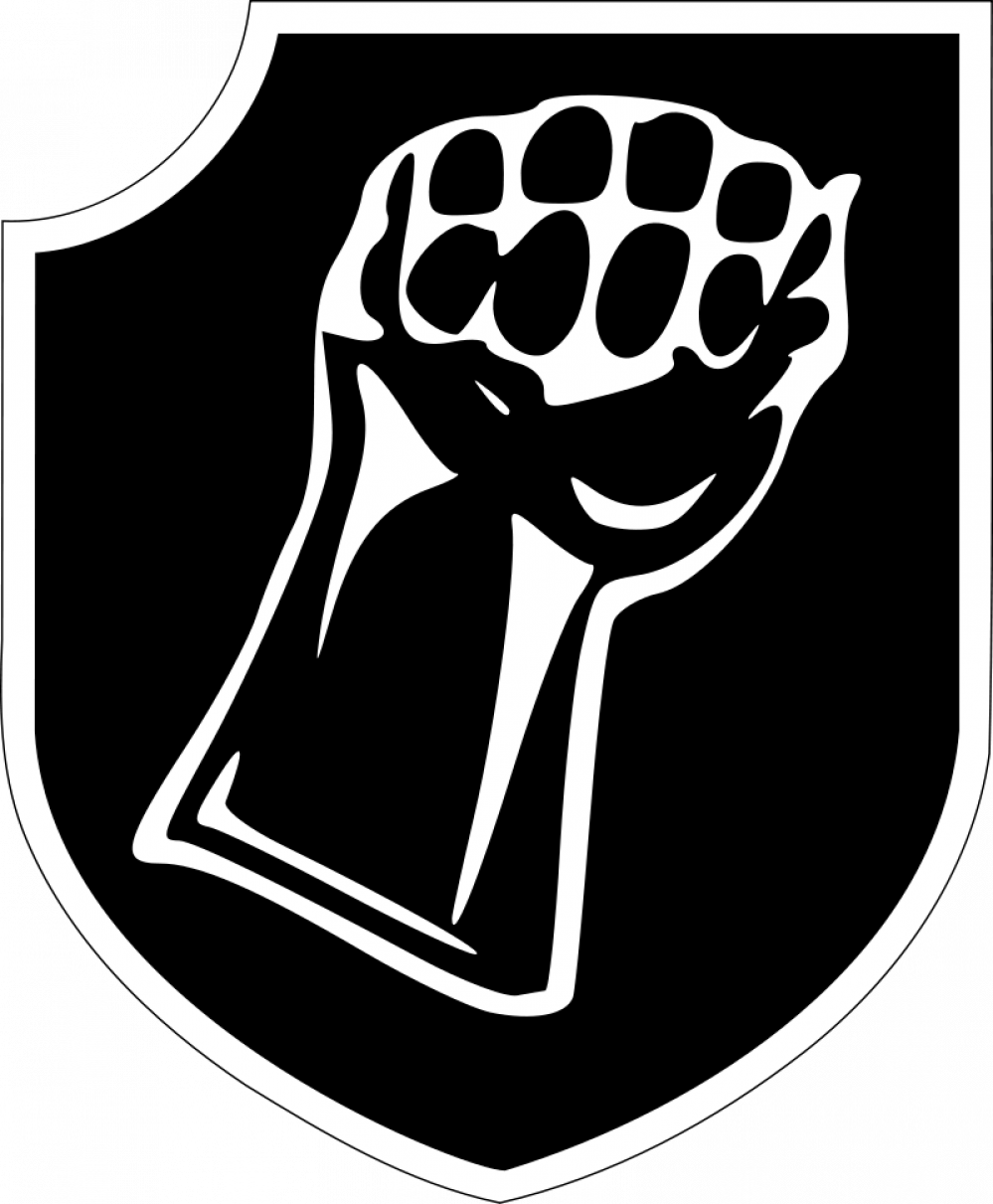
17. SS-PANZER-GRENADIER-DIVISION "GÖTZ VON BERLICHINGEN" Flames Of War
Background and info for the troops building
Here are some key dates I want to use for my background
The army will only be limited to Normandy.
Formation and training
The division was raised near Poitiers, France as the Panzer-Grenadier-Division “Götz von Berlichingen” in October 1943. It was formed from scratch, with the majority of its original cadre coming from replacement units and conscripts, many of whom were Romanian Germans and French volunteers. The division was granted the honour-title Götz von Berlichingen.Obersturmbannführer Otto Binge oversaw the formation of the division, with the newly promoted Brigadeführer Werner Ostendorff taking command in January 1944. The Götz von Berlichingen was placed under the LXXX Army Corps, a part of Generalfeldmarschall Gerd von Rundstedt’s Heeresgruppe D.
As part of a plan to number all named SS divisions in early 1944, the division was re-titled the 17th SS-Panzer-Grenadier-Division “Götz von Berlichingen”. In February 1944, the division still lacked vehicles. During the same year, on the orders of LXXX Army Corps, the division began to round up French vehicles in an attempt to complete its mobilization. By March, most of the major combat formations were fully motorised, although two of the six infantry battalions were still on bicycles. On 1 June, the Götz von Berlichingen found itself at Thouars in France, with no tanks (although the crews were fully equipped with 42 Sturmgeschütz IV assault guns), only a few months’ training, and below strength in officers and NCOs.
Battles for Normandy
After the Allied invasion of June 6, 1944, the Götz von Berlichingen was ordered to Normandy to take part in the efforts to reduce the Allied beachhead. On June 10 the Division made contact with 182 paratroopers of the 3rd Battalion, 507th Parachute Infantry Regiment, part of the U.S. 82nd Airborne Division, and B Company, 501st Parachute Infantry Regiment, of the U.S. 101st Airborne Division, at the village of Graignes. This small group of paratroopers had been dropped mistakenly by the U.S. 9th Army Air Force Troop Carrier Command and had decided to try and hold their positions. The ensuing battle, and the criminal execution of wounded paratroopers and French civilians by the “Götz von Berlichingen”, has since been known as the Battle of Graignes. On June 11 the reconnaissance battalion engaged in combat near the town of Carentan with the paratroopers of the 101st Airborne Division.
The Americans secured the town and were advancing south by the morning of June 13.
SS-Panzergrenadier Regiment 37, supported by the assault guns of the division’s Panzer battalion and Oberst (colonel) Friedrich August Freiherr von der Heydte’s 6th Fallschirmjäger Regiment, attacked the advancing paratroopers. In what the Americans dubbed the Battle of Bloody Gulch, the Germans routed two paratroop companies before their attack was stopped by the arrival of Combat Command A of the U.S. 2nd Armored Division.
For the rest of the month, the division was engaged in heavy fighting for the bocage country near Saint Lô and Coutances. During this period, the Götz von Berlichingen suffered heavy losses and by the beginning of July, its strength was reduced to 8,500 men. The division was in the line of advance for Operation Cobra, and suffered heavy losses attempting to halt the Allied offensive. It was encircled by the U.S. 2nd Armored Division around Roncey where it lost most of its armored equipment. It was then ordered to take part in the Mortain Offensive, codenamed Operation Lüttich. After the failure of this offensive, the division was split into four Kampfgruppen, ‘Braune’, ‘Gunter’, ‘Fick’ and ‘Wahl’. These small units managed to escape encirclement in the Falaise Pocket, but suffered heavy losses and remained in almost constant combat against the advancing Americans until the end of the month, when the division was transferred to Metz for a much-needed rest and refit.
In July the reserve battalion of the division was involved in counterinsurgency action against Operation Bulbasket in the Vienne Department.









































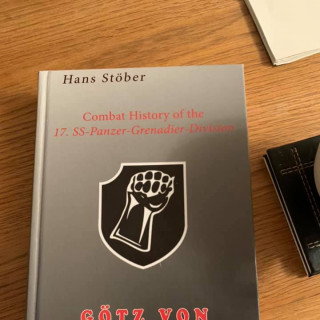
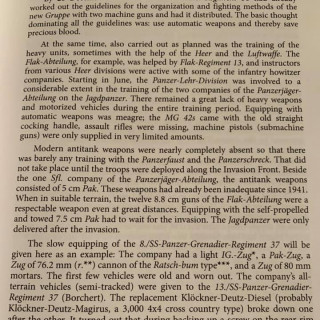
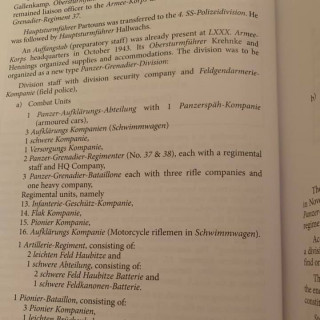
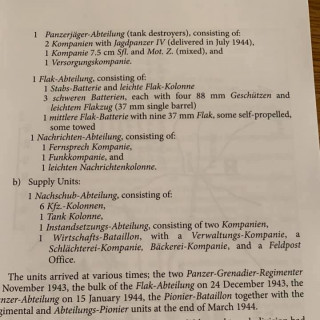

































Leave a Reply